~ている (Describing Ongoing Action or State)
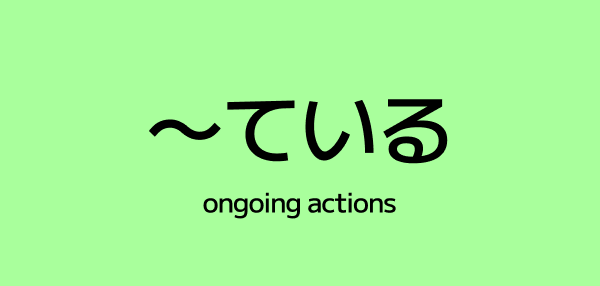
Okay, so you’ve learned how to say “I eat” (~ます), “I ate” (~ました), and even “I didn’t eat” (~ませんでした). But what if you want to say:
- “I’m eating now”?
- “I’m living in Tokyo”?
- “I’ve been learning Japanese”?
That’s where ~ている (te iru) comes in. It’s one of the most useful and flexible verb forms in Japanese, and it shows up everywhere.
In this guide, you’ll learn:
- What ~ているmeans and how to form it
- When to use it (it’s not just one meaning!)
- Real-life examples and patterns
- Practice to help it stick
Let’s get started!
What Does ~ているMean?
「~ている」has two main uses in Japanese:
- To describe something that is happening right now
- To describe a state that resulted from an action
You can think of it as the Japanese version of:
- “I am doing…”
- “I have done (and it’s still true)”
- “I’m in the middle of…”
- “I’ve been…”
Sounds like a lot? Don’t worry, that's why we have examples.
How to Make the ~ているForm
Here’s how to form it:
Step 1: Change the verb to its 〜てform
(For example:のむ→のんで,たべる→たべて)
Step 2: Add いる
Easy! So basically:
- のむ(to drink) →のんで+いる→のんでいる
- たべる(to eat) →たべて+いる→たべている
- する(to do) →して+いる→している
- くる(to come) →きて+いる→きている
👉 In casual speech, you’ll often hear the contracted form 〜てる. (たべている → たべてる)
When to Use ~ている
1. Ongoing Actions (Right Now)
Use this when something is in progress.
Examples:
- たべています。→ I’m eating.
- よんでいます。→ I’m reading.
- はなしています。→ I’m talking.
- かいています。→ I’m writing.
These are happening right now — like “I’m currently doing it.”
2. Current Habits or States
Use this when something has happened and is still true now — especially with verbs like すんでいる (to live), しっている (to know), or けっこんしている (to be married).
Examples:
- 東京にすんでいます。→ I live in Tokyo.
- 日本語をべんきょうしています。→ I’m studying Japanese.
- かれはけっこんしています。→ He’s married.
- その人をしっています。→ I know that person.
These aren’t actions in progress, but ongoing states or facts.
Quick Verb Review: Making the 〜てForm
Here’s a quick cheat to form the 〜てpart (before addingいる):
Group 1:
のむ→のんで はなす→はなして よむ→よんで あう→あって
Group 2:
たべる→たべて みる→みて
Group 3 (Irregular):
する→して くる→きて
Once you have that, just add いる to get the full ~ている form!
Everyday Examples Using ~ている
Let’s see how ~ているsounds in normal conversation:
いま、ばんごはんをたべています。
Ima, bangohan wo tabete imasu. → I’m eating dinner right now.
ともだちとはなしています。
Tomodachi to hanashite imasu. → I’m talking with my friend.
あの人、スマホをつかっています。
Ano hito, sumaho wo tsukatte imasu. → That person is using a smartphone.
きょうは雨がふっています。
Kyou wa ame ga futte imasu. → It’s raining today. ☔
いま、しごとをしていません。
Ima, shigoto wo shite imasen. → I’m not working right now.
Wait, What Does「いる」Even Mean?
Good question!
「いる」is a verb that means “to exist” or “to be (alive/moving things)” in Japanese. You use it when talking about people and animals being somewhere.
For example:
- ねこ がいます。→ There’s a cat.
- わたし は いえ にいます。→ I’m at home.
So what does that have to do with ~ている?
When you say something like: たべています → You're literally saying “eating + existing” → "I am eating (right now)"
It’s kind of like saying:
- “I’m in a state of doing X”
- “I exist while doing this thing”
That’s why we use て-form +いる to express actions in progress or results that are still true.
You’re not just doing something, you’re in a state of doing it. That’s the idea behind ~ている.
Practice Time!
Practice 1: Change to ~ている
Turn these into the ~ているform:
のみます→__________
たべます→__________
みます→__________
あいます→__________
べんきょうします→__________
Answers:
のんでいる/のんでいます
たべている/たべています
みている/みています
あっている/あっています
べんきょうしている/べんきょうしています
(~masu form to be polite!)
Practice 2: Translate These!
Write in Japanese using ~ている:
- I’m reading a book.
- I’m not working right now.
- I live in Osaka.
Answers:
- ほんをよんでいます。
- いま、しごとをしていません。
- おおさかにすんでいます。
Final Recap
~ている is one of the most versatile forms in Japanese. It lets you:
- Talk about things you’re doing right now
- Describe your current state
- Say “I’ve been…” or “I am…” in natural, real-world Japanese
Use it with:
- Action verbs:たべています、はしっています
- State verbs:すんでいます、しっています、けっこんしています
Related Grammar
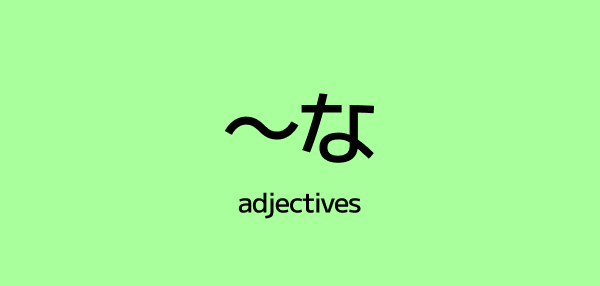 E Rank
E Rankな-Adjectives in Japanese – Forms, Conjugation, and How They Work
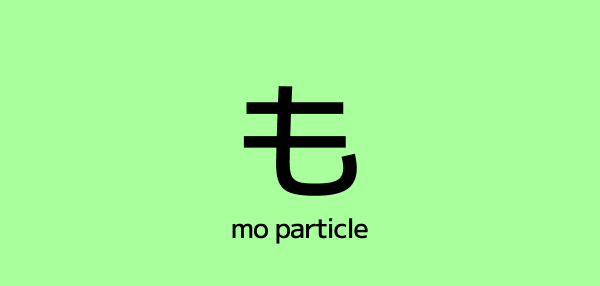 E Rank
E RankThe も (Mo) Particle
The particle 「も」 in Japanese is your go-to for saying “also,” “too,” or “not even.”
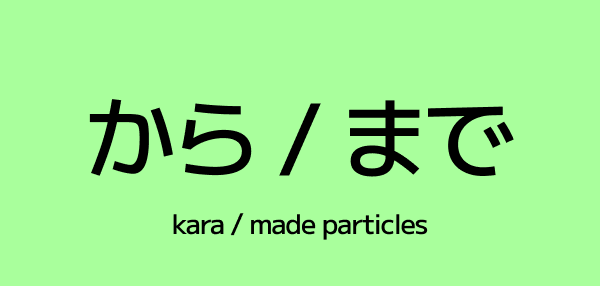 E Rank
E RankThe から / まで (kara / made) Particles
「から」 means "from" and 「まで」 means "until"—together, they express ranges in time, place, and more. This guide breaks down how to use them naturally and fluently.
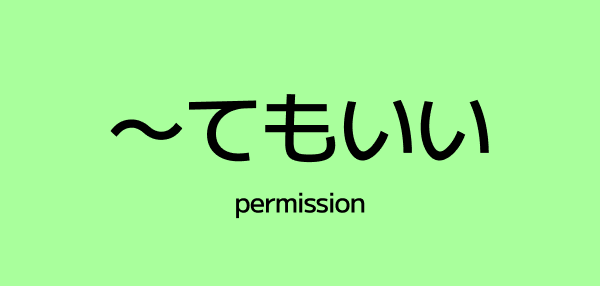 E Rank
E Rank~てもいい (Asking or Giving Permission in Japanese)
